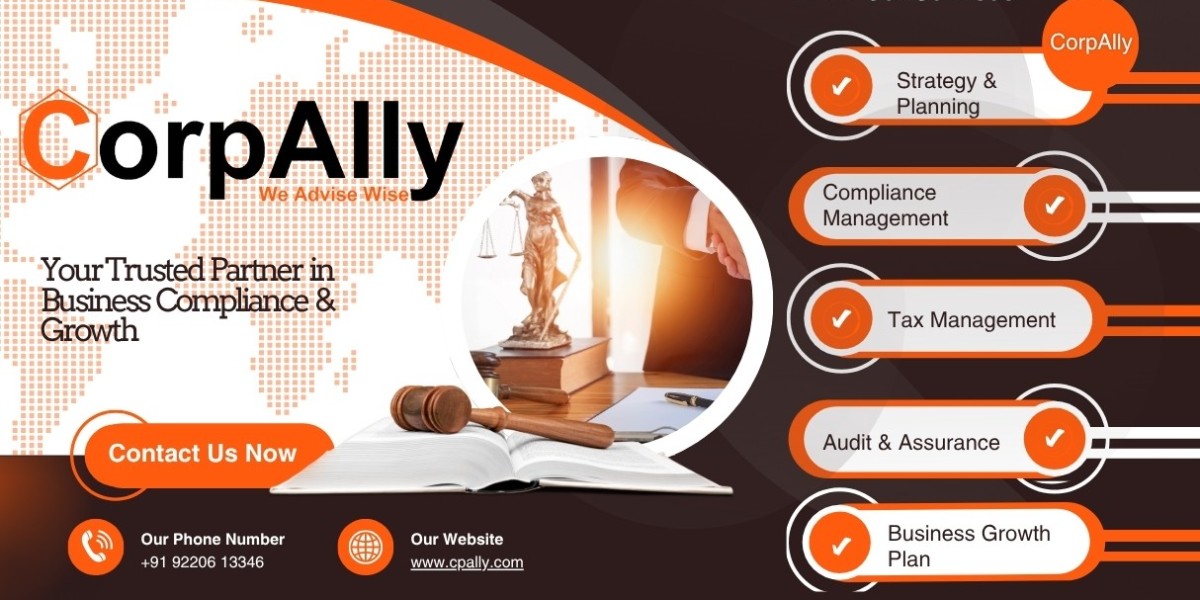Introduction
In today’s interconnected business environment, companies are constantly under the microscope of regulators, investors, and customers. One wrong move—whether it’s a tax violation, data privacy breach, or governance failure—can lead to hefty penalties, reputational damage, and even business shutdown. This is where Regulatory Compliance becomes a cornerstone of sustainable operations.
Regulatory compliance is more than just “ticking boxes” for legal obligations. It’s about creating a culture of accountability, transparency, and trust. From financial institutions following anti-money laundering rules to tech companies adhering to data protection laws, compliance ensures businesses remain on the right side of the law while building credibility in the marketplace.
This article explores regulatory compliance in depth—its meaning, importance, frameworks, processes, challenges, industry-specific requirements, and how businesses can leverage compliance as a growth enabler rather than just a burden.
What Is Regulatory Compliance?
Regulatory compliance refers to the process of ensuring that an organization follows all relevant laws, regulations, guidelines, and standards applicable to its industry and operations.
Core Elements of Regulatory Compliance:
Legal Adherence – Meeting statutory and regulatory obligations
Risk Mitigation – Identifying and managing compliance risks
Governance – Establishing strong internal policies and controls
Monitoring and Reporting – Ongoing oversight and transparency
Training and Culture – Building awareness among employees
In short, compliance is about aligning business practices with both external regulations and internal ethical standards.
Why Regulatory Compliance Matters
1. Avoiding Penalties and Legal Action
Non-compliance often leads to fines, legal disputes, or even criminal charges.
2. Protecting Brand Reputation
Trust is hard to build but easy to lose. Strong compliance safeguards brand image.
3. Enhancing Investor and Customer Confidence
Transparent, compliant companies attract easier funding and loyal customers.
4. Supporting Risk Management
Compliance frameworks overlap with enterprise risk management, reducing operational vulnerabilities.
5. Enabling Global Expansion
Businesses with solid compliance practices adapt faster to international laws and standards.
Key Areas of Regulatory Compliance
1. Financial Compliance
Following accounting standards (GAAP, IFRS, IND-AS), tax laws, and financial reporting regulations.
2. Data Protection and Privacy Compliance
Ensuring compliance with GDPR, CCPA, and data security standards to protect customer information.
3. Environmental Compliance
Meeting sustainability requirements, waste management rules, and ESG reporting.
4. Health and Safety Compliance
Implementing workplace safety standards like OSHA or industry-specific health protocols.
5. Corporate Governance Compliance
Maintaining transparent board structures, shareholder rights, and ethical leadership practices.
6. Industry-Specific Regulations
Banking/Finance – Anti-money laundering (AML), KYC, SEBI rules
Healthcare – HIPAA, patient data confidentiality
Technology – Cybersecurity and IP compliance
Manufacturing – Product safety and environmental standards
The Regulatory Compliance Framework
A robust compliance framework ensures that obligations are systematically identified, implemented, and monitored.
Components of an Effective Compliance Framework:
Risk Assessment – Identifying potential compliance risks
Policies and Procedures – Documenting internal guidelines
Compliance Monitoring – Regular audits and oversight mechanisms
Training and Awareness – Educating employees at all levels
Reporting Systems – Transparent communication with stakeholders
Continuous Improvement – Adapting to regulatory changes
The Compliance Management Process
1. Identifying Applicable Laws
Understanding industry-specific and regional regulations.
2. Designing Policies
Drafting clear policies to guide business conduct.
3. Implementing Controls
Embedding processes such as approvals, documentation, and audits.
4. Monitoring Compliance
Using technology, audits, and dashboards to track compliance.
5. Corrective Action
Addressing non-compliance promptly to minimize risks.
6. Reporting and Disclosure
Maintaining transparency with regulators, investors, and the public.
Common Challenges in Regulatory Compliance
Constantly Changing Regulations – Global standards evolve rapidly.
Cross-Border Compliance – Multinational firms face diverse jurisdictional rules.
High Costs – Compliance requires investment in people, processes, and technology.
Cultural Resistance – Employees may view compliance as a burden, not a necessity.
Data Complexity – Big data and digital transformation add compliance risks.
Technology and Regulatory Compliance
Modern compliance strategies rely heavily on technology:
Compliance Management Software – Automated monitoring and reporting
AI & Analytics – Detecting patterns and anomalies for early intervention
Blockchain – Ensuring transparency and traceability in transactions
Cloud Solutions – Enabling real-time compliance oversight across global operations
Tech-enabled compliance not only reduces costs but also improves accuracy and responsiveness.
Benefits of Strong Compliance Programs
✅ Reduced legal and financial risks
✅ Increased stakeholder trust
✅ Improved operational efficiency
✅ Better corporate governance
✅ Sustainable business growth
Case Studies: Compliance in Practice
Case Study 1 – Banking Sector
A bank strengthened its AML and KYC compliance, preventing regulatory penalties and boosting customer trust.
Case Study 2 – Tech Industry
A software firm adopted GDPR compliance, winning new European clients.
Case Study 3 – Manufacturing
An industrial company implemented ESG compliance, attracting global investors.
Best Practices for Regulatory Compliance
Maintain a compliance culture at all levels
Update policies regularly with legal changes
Use compliance audits to detect weaknesses early
Train employees continuously
Leverage technology for compliance monitoring
Partner with compliance advisory firms for expertise
FAQs on Regulatory Compliance
Q1. What industries are most heavily regulated?
Banking, healthcare, technology, and manufacturing face the strictest compliance demands.
Q2. Is regulatory compliance mandatory for small businesses?
Yes, though requirements vary, all businesses must follow applicable laws.
Q3. How often should compliance audits be conducted?
At least annually, but many industries require quarterly reviews.
Q4. What’s the difference between compliance and risk management?
Compliance ensures adherence to laws; risk management is broader, covering all business risks.
Q5. Can technology fully automate compliance?
No, human oversight is essential, but technology significantly reduces errors and costs.
Conclusion
Regulatory compliance is no longer an optional checklist—it’s a strategic necessity. Businesses that embrace compliance frameworks not only avoid penalties but also build trust, attract investment, and achieve sustainable growth.
By integrating governance, risk management, and technology, organizations can transform compliance from a reactive burden into a proactive enabler of long-term success.
In an era of heightened scrutiny and accountability, compliance isn’t just about following the rules—it’s about proving that a business deserves the trust placed in it.







